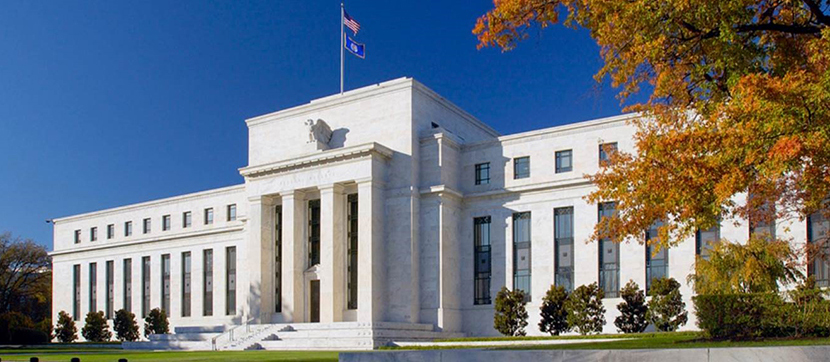
Fed Sends ‘Loud and Clear’ Message on Low Rates

There were no real surprises coming out of yesterday’s Federal Open Market Committee meeting—there haven’t been for months, now—but according to Mortgage Bankers Association Chief Economist Mike Fratantoni, the message it sent was loud and clear.
“The Federal Reserve has loudly and clearly committed to keeping short-term rates at the lower bound for the foreseeable future,” Fratantoni said. “There isn’t anything in respect to current economic data, or expectations regarding the impact from the election, that changes their plans.”
The FOMC said (https://www.federalreserve.gov/newsevents/pressreleases/monetary20201105a.htm) it would keep the federal funds rate at the current 0-0.25 percent, “and expects it will be appropriate to maintain this target range until labor market conditions have reached levels consistent with the Committee’s assessments of maximum employment and inflation has risen to 2 percent and is on track to moderately exceed 2 percent for some time.”

However, Fratantoni noted the Fed has been somewhat less clear regarding their plans of continuing to add U.S. Treasuries and mortgage-backed securities to their balance sheet.
“Today’s statement reiterates a commitment to keep the paces of these asset purchases at current levels ‘over coming months’, but it does not provide guideposts that could lead to changes in the pace,” Fratantoni said. “These purchases are certainly contributing to record-low mortgage rates, which have enabled an enormous refinance wave, as well as supporting a strong housing market.”
The full FOMC statement appears below; a few spacings have been added for clarity:
“The Federal Reserve is committed to using its full range of tools to support the U.S. economy in this challenging time, thereby promoting its maximum employment and price stability goals.
“The COVID-19 pandemic is causing tremendous human and economic hardship across the United States and around the world. Economic activity and employment have continued to recover but remain well below their levels at the beginning of the year. Weaker demand and earlier declines in oil prices have been holding down consumer price inflation. Overall financial conditions remain accommodative, in part reflecting policy measures to support the economy and the flow of credit to U.S. households and businesses.
“The path of the economy will depend significantly on the course of the virus. The ongoing public health crisis will continue to weigh on economic activity, employment, and inflation in the near term, and poses considerable risks to the economic outlook over the medium term.
“The Committee seeks to achieve maximum employment and inflation at the rate of 2 percent over the longer run. With inflation running persistently below this longer-run goal, the Committee will aim to achieve inflation moderately above 2 percent for some time so that inflation averages 2 percent over time and longer-term inflation expectations remain well anchored at 2 percent. The Committee expects to maintain an accommodative stance of monetary policy until these outcomes are achieved.
“The Committee decided to keep the target range for the federal funds rate at 0 to 1/4 percent and expects it will be appropriate to maintain this target range until labor market conditions have reached levels consistent with the Committee’s assessments of maximum employment and inflation has risen to 2 percent and is on track to moderately exceed 2 percent for some time. In addition, over coming months the Federal Reserve will increase its holdings of Treasury securities and agency mortgage-backed securities at least at the current pace to sustain smooth market functioning and help foster accommodative financial conditions, thereby supporting the flow of credit to households and businesses.
“In assessing the appropriate stance of monetary policy, the Committee will continue to monitor the implications of incoming information for the economic outlook. The Committee would be prepared to adjust the stance of monetary policy as appropriate if risks emerge that could impede the attainment of the Committee’s goals. The Committee’s assessments will take into account a wide range of information, including readings on public health, labor market conditions, inflation pressures and inflation expectations, and financial and international developments.
“Voting for the monetary policy action were Jerome H. Powell, Chair; John C. Williams, Vice Chair; Michelle W. Bowman; Lael Brainard; Richard H. Clarida; Mary C. Daly; Patrick Harker; Robert S. Kaplan; Loretta J. Mester; and Randal K. Quarles. Ms. Daly voted as an alternate member at this meeting.”
